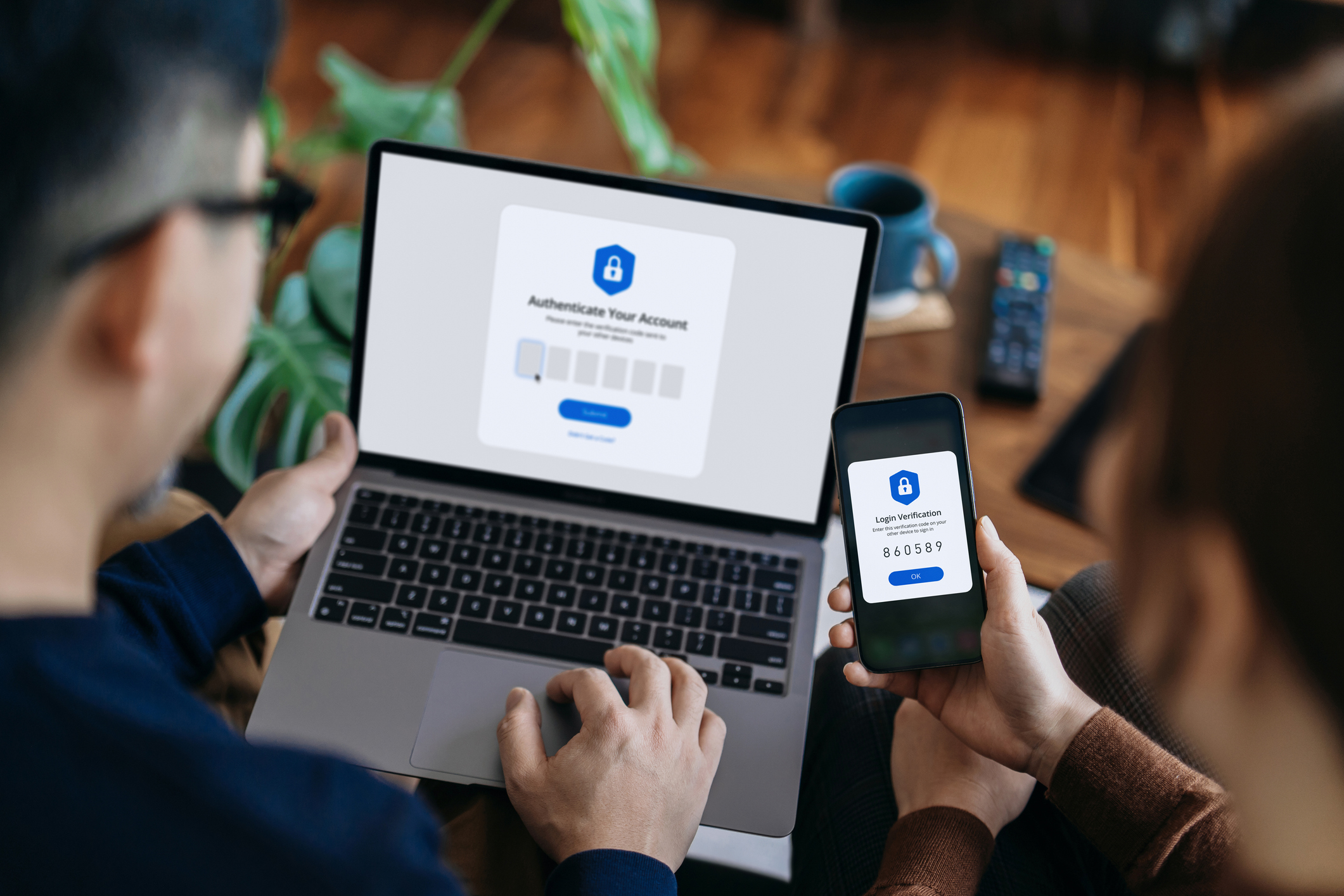If you suspect that your bank account has been hacked, there are several immediate steps you should take to protect your finances:
-
Contact Prospera immediately: Call the Prospera Member Service Centre at 1 888 440 4480 or visit a branch as soon as possible to report the incident. Our reps can advise you on the steps to take and may be able to freeze your account to prevent further damage.
-
Change your passwords: Change the passwords for all of your online accounts, including your online banking account. Use a strong, unique password that includes a mix of upper and lowercase letters, numbers, and special characters.
-
Monitor your account: Keep an eye on your bank account and credit card statements for any unusual transactions. Report any unauthorized transactions to Prospera immediately.
-
Check your credit report: Order a copy of your credit report to make sure there are no unauthorized accounts or loans opened in your name.
-
File a police report: If you suspect that your account has been hacked, file a police report. This can help you to document the incident and provide evidence if you need to dispute any fraudulent transactions.
-
Consider adding extra security measures: Activate two-factor authentication for when you log in or account alerts for unusual transactions.
Remember, it's important to act quickly if you suspect your account has been hacked. By taking immediate action, you can help to limit the damage and prevent further fraudulent activity.


